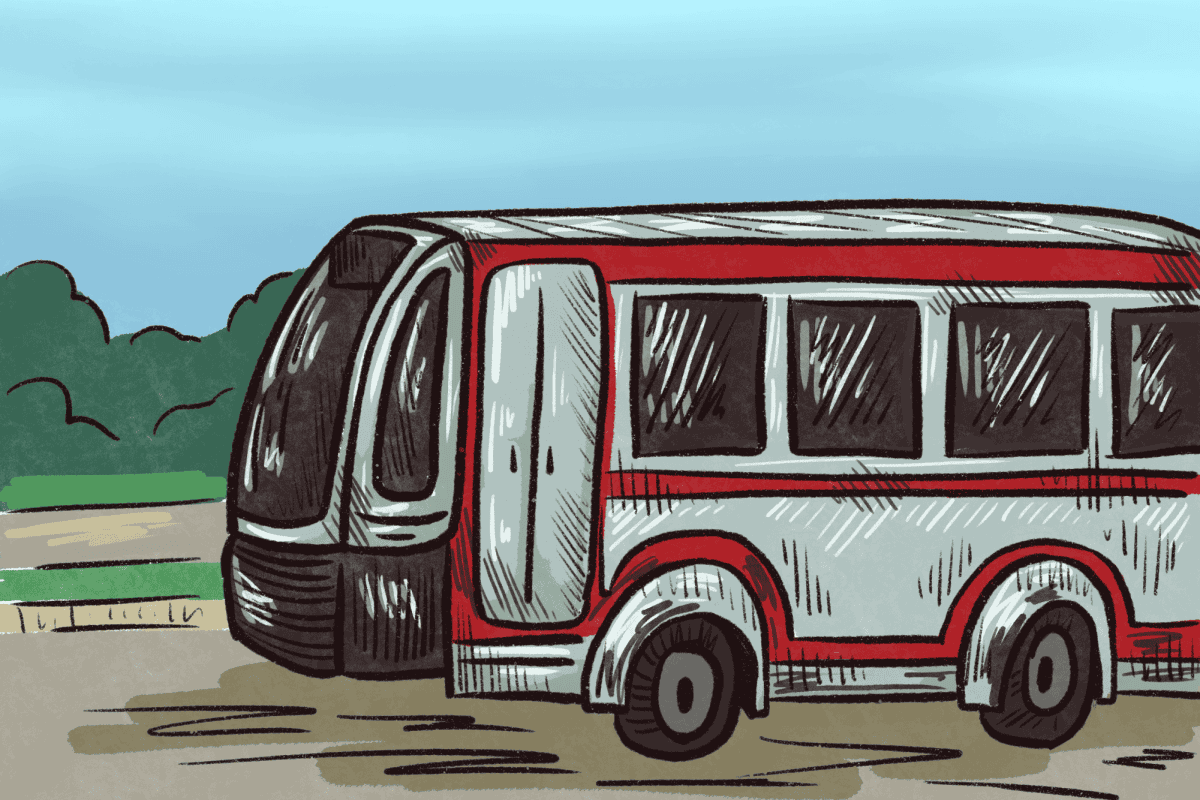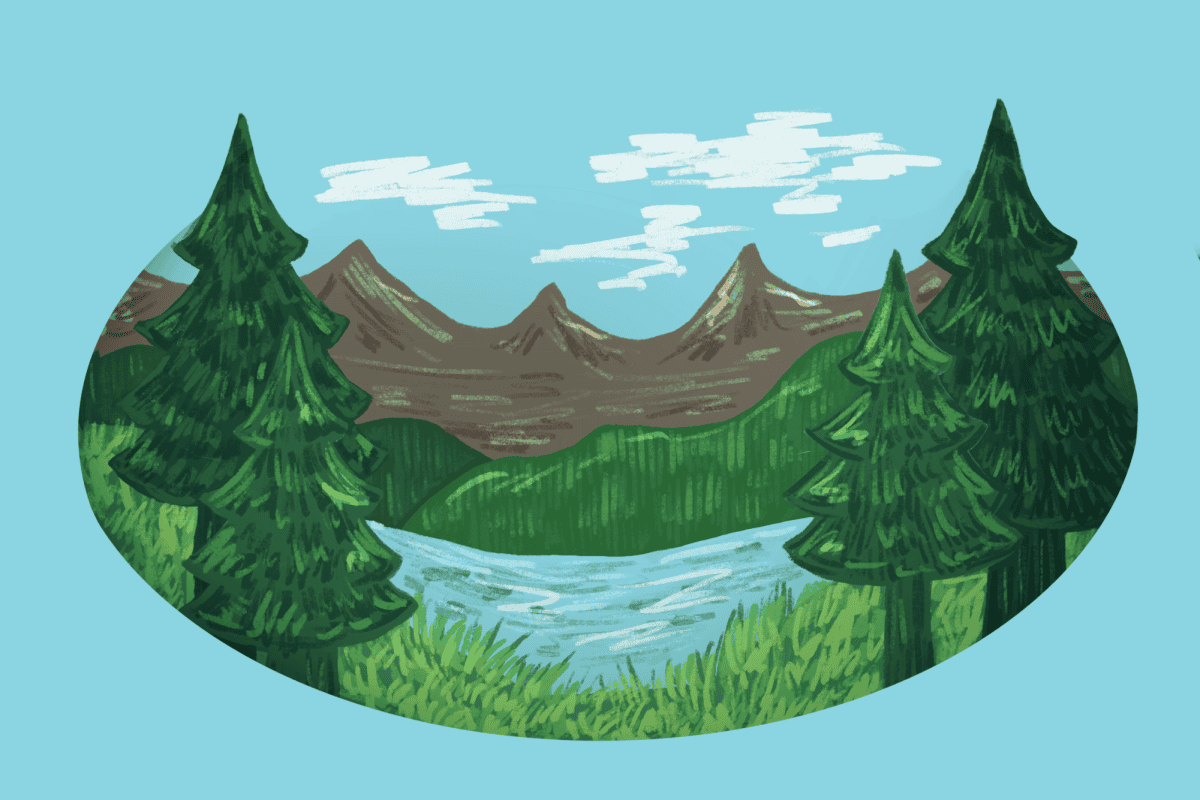When I was in seventh grade, I saw an article in “Time: For Kids” magazine. The philanthropic opportunity intrigued me. For $25, I could buy a pair of canvas shoes, and another child across the world would receive a mirrored pair for themselves. The article described the woes of these children and how these shoes would be the first pair their feet had filled.
Naturally, I was hooked. Buying something, especially shoes, always feels better when there is a good deed attached to the price tag. Saving up my allowance and babysitting, I bought a $25 pair of plain, white TOMS so that African and South American children could have their first pair of shoes. Needless to say, I felt edgy and worldly, a dangerous combination for a middle-schooler.
The product has since grown in variation, popularity and cost. A pair of glittered, leopard print TOMS can be purchased for $69.95. Sure, these are glitzy and more expensive, but even my original classic white, canvas TOMS cost at least $50 now. That’s a hefty price increase in a few years. And while I’m sure more shoes are being delivered to more places, the trendiness of philanthropy is the real selling factor here.
Enter Oliberté: This is also a shoe company with a philanthropic twist. Only, instead of providing African children with shoes, they supply the African economy with jobs. And not sweatshop-in-the-middle-of-nowhere jobs, but instead as a high-quality work system that makes high-quality shoes.
The dream may seem far-fetched to some, but it has potential. The founder, Tal Dehtiar, believes that Oliberté has the potential to compete with other high-end companies. By producing quality goods in a quality environment, Oliberté is providing Africa with what they really need: jobs, money and an economy that allows Africa to stand on its own.
The shoes are not marketed for their connection to third world countries but instead as a high-quality shoe brand. In a recent interview with online magazine Good.Is, Dehitare acknowledges the issues behind branding a product as “African.”
“It’s a challenge, because some stores want the stereotypical African branding. The balance is how do I do the Africa angle without doing the part I hate: Buy because you feel bad about Africa.”
Yes, the idea behind TOMS is heroic. There is no denying the help it has provided Third World families. But is that what is best for ailing countries?
Oliberté’s factories have introduced a thought-worthy idea. Instead of pitying countries in Africa and handing them premade goods, we can instead provide them with the tools they need to create their own products and own economy.
This theory is applicable outside the world of footwear. What if, instead of viewing Third World countries as helpless and depending on America’s philanthropy for survival, we viewed them with respect and with potential?
I respect the work of those who have dedicated their hearts to nations in Africa, and I respect the founder of TOMS for his idea and the awareness he has created. However, if we change how we view Third World countries, we will change how we interact with them.
SoRelle Wyckoff is the opinions editor of the Crimson White.





